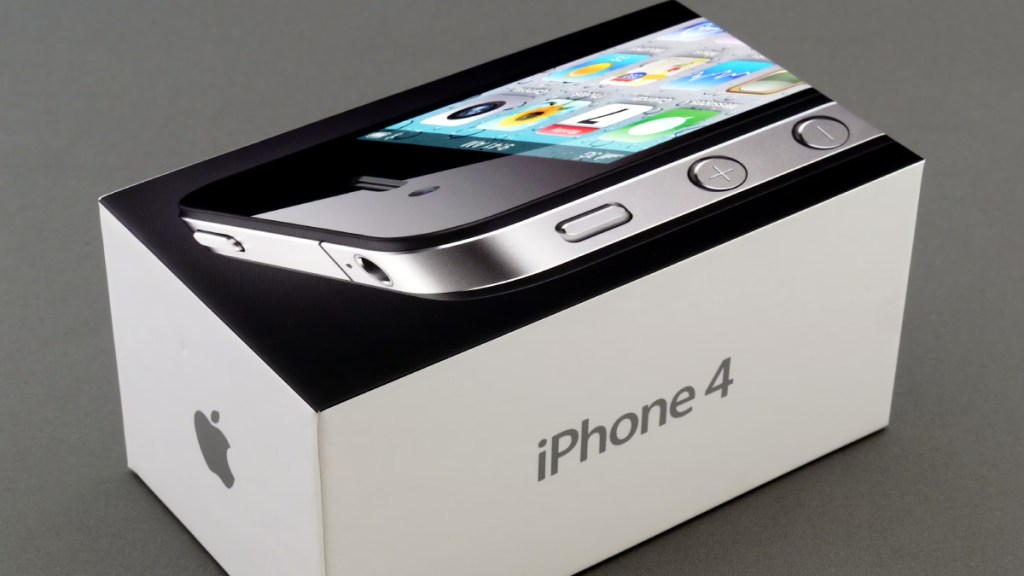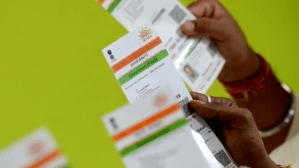Fifteen years after the notorious ‘Antennagate’ controversy that iPhone 4 faced, a software developer has discovered the primary factor behind it – it was not a fundamental hardware flaw. Instead, a tiny error in the iOS software caused the antenna signal to fluctuate. A 20-byte coding mistake in iOS magnified the severity of a real but minor signal issue, ultimately costing Apple an estimated $175 million over the years in lawsuit settlements.
The Antennagate saga began in 2010 when iPhone 4 users discovered that gripping the phone in a certain way, which was dubbed the “death grip”, could cause signal strength to drastically drop. Apple’s initial response, famously delivered by Steve Jobs, was to tell users they were “holding it wrong” – one that created the controversy.
Just to clear that up, Jobs’ actual response to websites and media back then was “Just avoid holding it in that way”.
Developer finds fault 15 years later
Now, coder Sam Henri Gold claims to have uncovered the definitive root cause of the iPhone 4’s signal issue by comparing the code of the original iOS 4.0 and the subsequent patch, iOS 4.0.1.
In a social media post, Gold shared his findings, stating: “[Nobody] really looked into what the formula between 4.0 and the patch in 4.0.1. I was a stupid eight-year-old at the time, but now I’m a stupid adult with access to a disassembler.”*
Gold found that the segment of code responsible for converting the raw cellular signal strength into the graphic of one to five bars contained a “really optimistic” lookup table. This table was excessively generous, often displaying five full bars of signal even when the underlying radio frequency strength (RSSI) was only moderate.
Because the system was engineered to display signal bars that were “too optimistic,” any slight drop in signal strength caused by physically touching the antenna band would trigger a dramatic visual plunge from a full signal to only one or two bars. This abrupt and visible change in the user interface—more than the actual performance drop—was what created the massive public outcry.
Apple used software to fix the bug
The subsequent software update, iOS 4.0.1, altered the calculation to reflect signal strength more accurately, normalising the bar display and thereby eliminating the visual perception of the drastic signal drops.
The solution ultimately was software-based, just as Apple later claimed. However, before the software fix was deployed, Apple was forced to offer free bumper cases, which prevented fingers from touching the antenna breaks — a compensation that cost the company a reported $175 million.








